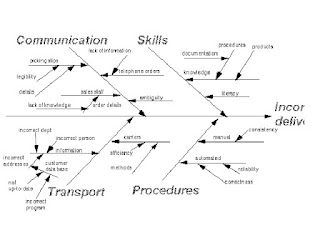NON-CONTIGUOUS CARTOGRAMS
Non-contiguous Cartogram is the simplest type of the cartogram. In this the geographic objects do not have to maintain connectivity with their adjacent objects. This connectivity is called as topology. By freeing the objects from their adjacent objects, they can grow or shrink in size and still maintain their shape.

CONTIGUOUS CARTOGRAMS
In contiguous cartogram topology is maintained , but this causes great distortion in shape. This leads to the single most difficult, but intriguing problem in creating cartograms. The cartographer must make the objects the appropriate size to represent the attribute value, but he or she must also maintain the shape of objects as best as possible, so that the cartogram can be easily interpreted.

DORLING CARTOGRAMS
This cartogram is named after its inventor Danny Dorling of the University of Leeds. A Dorling cartogram maintains neither shape, topology nor object centroids, though it has proven to be a very effective cartogram method. To create a Dorling cartogram, instead of enlarging or shrinking the objects themselves, the cartographer will replace the objects with a uniform shape, usually a circle, of the appropriate size. Professor Dorling, for the reason described above in the non-contiguous cartogram section, suggests that the shapes not overlap but rather be moved so that the full area of each shape can be seen. Another Dorling-like cartogram is the Demers Cartogram, which is different in two ways. It uses squares rather than circles; this leaves fewer gaps between the shapes. Secondly, the Dorling Cartogram attempts to move the figures the shortest distance away from their true locations; the Demers cartogram often sacrifices distance to maintain contiguity between figures, and it will also sacrifice distance to maintain certain visual cues. Most Populated Counties in California are labeled in each of the two cartograms below for reference.

PSEUDO-CARTOGRAMS
Pseudo-cartograms (or false cartograms) are representations that may look like cartograms but do not follow certain cartogram rules. Perhaps the most famous type of pseudo-cartogram was developed by Dr. Waldo Tobler. In this case, instead of enlarging or shrinking the objects themselves, Tobler moves the object's connections to a reference grid such as latitude or longitude in order to give the same effect. This maintains good directional accuracy in the cartogram however, this is a false cartogram because it creates extensive error in the actual size of the objects.


